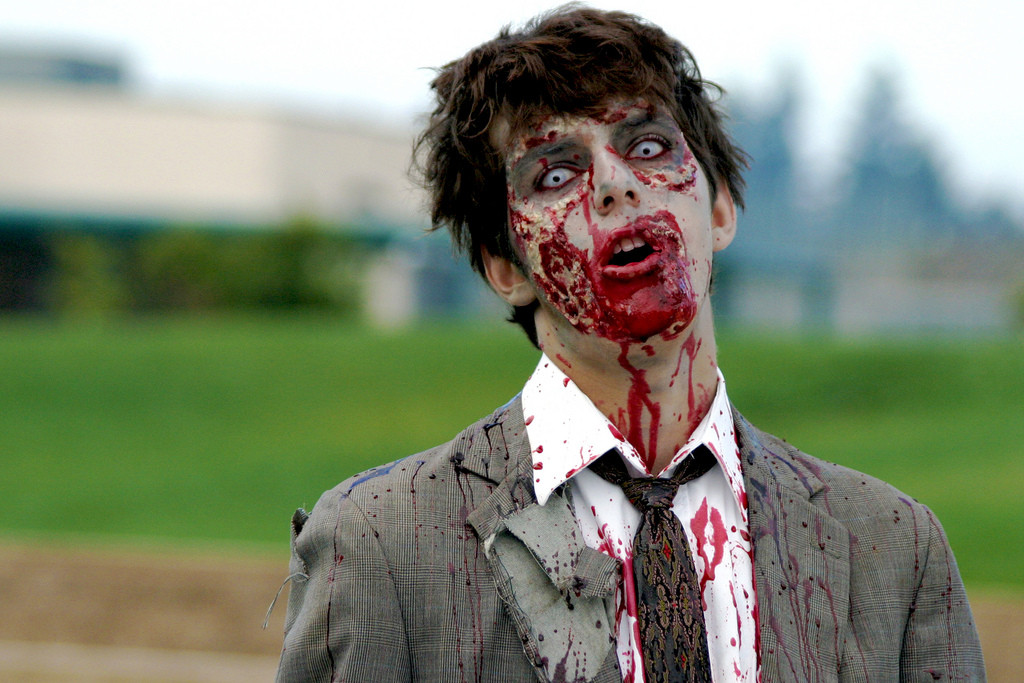After three decades of a Zombie state, Slovak agriculture made it to the front pages of Slovak media. An avalanche of scandals, triggered by the murder of journalist Jan Kuciak (who investigated schemes of agricultural subsidy misuse in Eastern Slovakia) finally placed in the spotlight the problems which until then had been merely discussed in the background. In terms of ownership rights and their legal defense (an important feature in the market economy), Slovak agricultural sector has hit the bottom.
Do not be fooled by the vast yellow fields of rapeseed in Slovakia. The agricultural sector is a zombie, living on subsidies instead of fresh brains. There are a few exceptions (like the successful tomato growers), but the overall numbers are harsh. Average gross value added per hectare reached in 2014 (no more recent data is available) reached EUR 315, the second lowest in the whole EU after Latvia. Of the neighboring countries, only Czechs with EUR 414 /ha come close. Hungary and Poland are more distant, with over EUR 600 of value added per hectare. Austria comes close to EUR 1,000 and the Netherlands is able to generate 17-times higher grow added value per hectare than Slovakia.
Another symptom of lagging competitiveness of Slovak agriculture is the gross fixed capital formation. You can imagine it as the value of machinery, buildings, and land. While the last two decades witnessed capital formation worth EUR 6.5 billion in Slovakia, Hungary reached EUR 15.6 million, the Czech Republic EUR 18.2 billion, and Denmark, with the same size and population, formed capital worth of EUR 30 billion. This indicates that the market with arable land causes a long-term coma and generates absurd land prices.
If we look at agriculture through the volume of loans, the picture is also shocking. While the Slovak agriculture operates with the debt of around EUR 1 billion, the Danish agricultural sector has the debt of over EUR 40 billion – more than the entire value of the government debt in Slovakia. While the Danish may have gone too far (at least two banks collapsed in Denmark during the financial crisis due to agricultural loans), this illustrates the gigantic differences in the agricultural sector across the EU.
Foodstuff production follows the same rules of the market as the production of vehicles, or electronics. Hollow talk about the role of the farmers, the land of our fathers, so often exploited by politicians, will not help improve the production. Slovak agriculture needs capital, a lot of capital. Not only financial capital – a lot of productive capital is locked in the inefficient use of land. The land is mired in a quagmire of uncertain ownership, non-transparent lease agreements, and fragmented into a multitude of extremely small parcels, what makes them practically non-tradeable. The agriculture also needs to get used to such notions as know-how, innovation, or management. Because farmers are still entrepreneurs.



